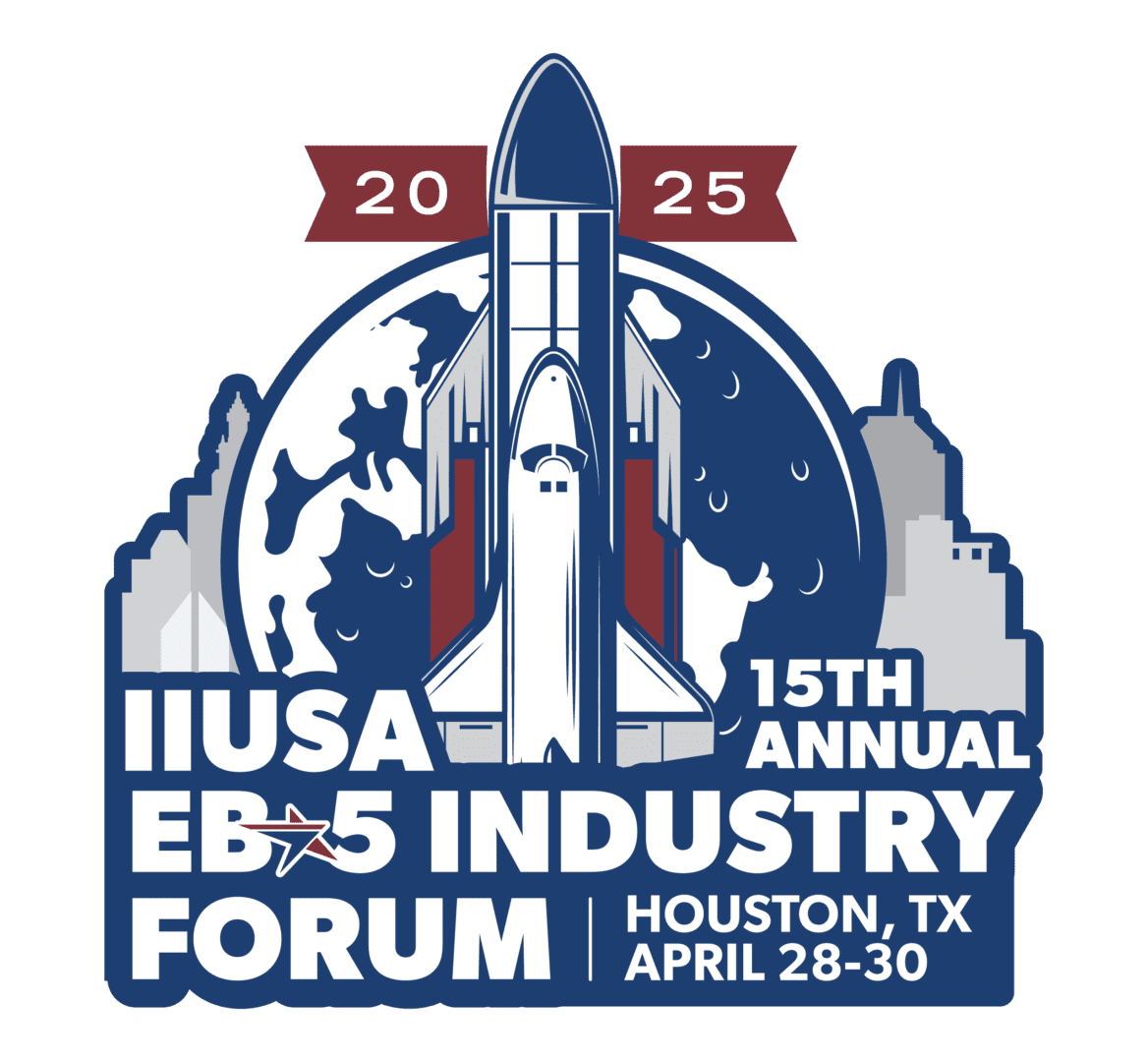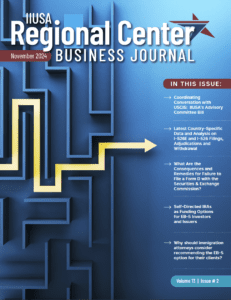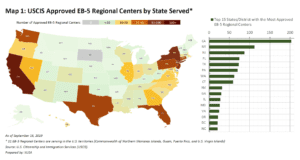EB-5 FAQs
Frequently Asked Questions
Our goal is to provide investors, advocates, community members, and the general public with clear and thorough knowledge of the workings of IIUSA and the EB-5 industry. Below, we’ve listed and answered some of the most common questions we receive. Don’t see your question listed? Please feel free to reach out to our team at info@iiusa.org.
FAQs
Why is the EB-5 Program Important?
Each year, the EB-5 Program (“the Program”) accounts for billions of dollars of U.S. foreign direct investment (FDI) which is channeled into projects throughout the country that promote regional economic development, job creation, and the revitalization of American communities large and small.
What is an EB-5 Regional Center?
- Regional Centers maximize the program’s job creation benefits by facilitating the investment of significant amounts of capital in large-scale projects, often in coordination with regional economic development agencies that use the EB-5 funds to leverage additional capital.
- Regional Centers use economic analysis models, including those developed by the U.S. Department of Commerce, to demonstrate that job creation targets required by law have been achieved. For investments made through Regional Centers, at least ten direct, indirect or induced jobs must be created.
- All investment offerings made by EB-5 Regional Centers are subject to U.S. securities laws, enforced by state securities regulators and the U.S. Securities & Exchange Commission.
What Do Regional Centers Do?
EB-5 Regional Centers identify investment opportunities that will create jobs in local communities, often in partnership with economic development agencies and with input from community leadership. Regional Centers then work to promote and market promising investment opportunities to investors from around the world. Along the way, regional centers ensure that investments comply with federal and state securities laws and SEC regulations as well as specific EB-5 requirements.
How Are EB-5 Investments Affiliated With Regional Centers Structured?
A private placement memorandum is developed that details the investment offering, including:
- Detailed explanations of the project that will be funded
- Disclosures of risk and material information consistent with all applicable federal and state laws
- The economics of the project related to EB-5 specifically – the expected job creation – are also detailed in the memorandum. In some cases, the issuer of the private placement memorandum is an EB-5 Regional Center itself. In other situations, the issuer is a business entity that will be receiving the investment funds and is affiliated with a Regional Center.
What Risks Do Investors Face in EB-5 Regional Center Investments?
By law, EB-5 investments must be “at risk” in the same way that any equity, stock or other type of investment carries inherent risk. Regional centers, like other entities that market investment opportunities, cannot guarantee a return on investment. Regional Centers also cannot guarantee return of the investment principal to the investor.
What Kind of Financial Commitment Do EB-5 Investors Make?
By law, an EB-5 investor is required to invest a minimum of $1,050,000, unless the investment is located in a Targeted Employment Area (TEA)—a rural area or area of high-unemployment designated by USCIS. Regional Centers funding projects in TEA’s can accept a minimum of $800,000 from each EB-5 investor.
What Risk Do Companies Have In Accepting EB-5 Investments?
Companies bear no additional risk for EB-5 Investment. They interact with the money as any other equity or financing investment, albeit often at a lower cost.
Are EB-5 Regional Center Financing Options Cheaper for Companies Than Other Sources of Capital?
Yes. In many instances, EB-5 funding is a lower-cost form of capital than alternatives because investor demand for return on their investment is often lower for EB-5 capital than other sources of capital. In addition, securing EB-5 capital increases the overall liquidity of a business or project which, in turn, reduces the cost of acquiring capital from other sources.
How Do EB-5 Regional Centers Help Communities?
EB-5 Regional Centers facilitate direct investment in projects that meet the job creation and economic development goals of designated geographic areas. Regional Centers pool investments made by multiple EB-5 investors and deploy that capital to large-scale projects, often in coordination with regional economic development agencies.

DISCOVER EB-5 EDUCATION
LEARN ABOUT THE EB-5 PROGRAM
EXPLORE EB-5 EDUCATION LIBRARY










